Visiting the Mysterious Amazon
The most famous rainforest on Earth is the Amazon forest which produces 20% of the world's oxygen. But we bet you've never heard of the strange creatures or flora it houses. The Amazon forest is weirder than we have ever thought, and it houses incredible and unique species of animals and plants. That’s why a Scottish wildlife filmmaker decided to go there and see for himself how spectacular the Amazonian rainforest is.
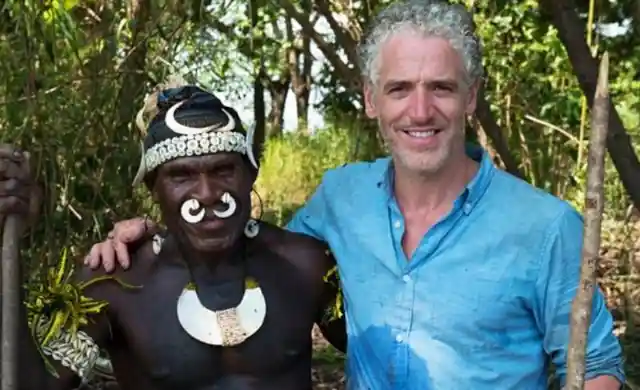
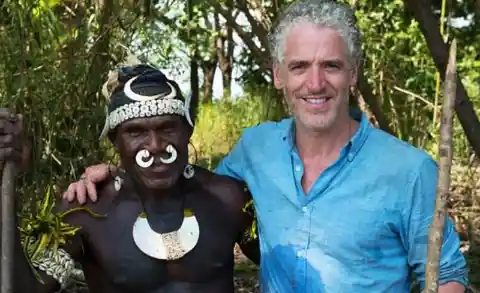
He had no idea he’d stumble upon a gigantic predator!
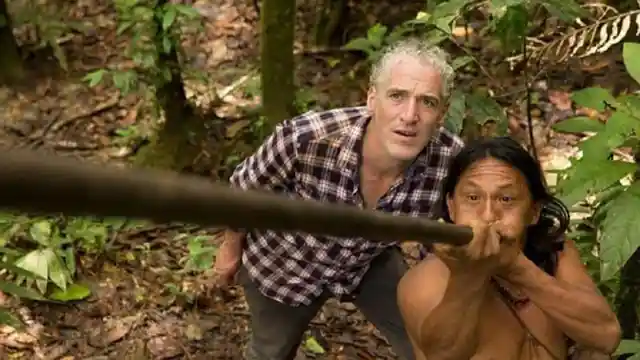
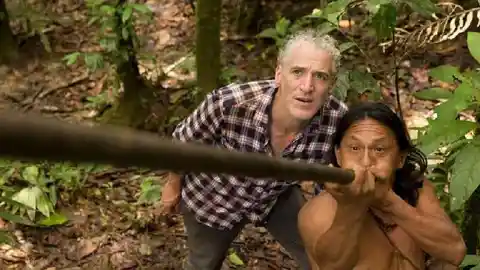
In the BBC documentary titled 'Tribes, Predators And Me,' Buchanan was meant to travel to remote tribes of the indigenous people in the Amazon to learn how the people coexist with the dangerous animals there.
The wildlife enthusiast travelled to get to the Amazon river and meet the people of the Waorani tribe that are settled along the river. There, Buchanan lived for a total of seven weeks and took essential lessons of survival from the expert tribe members.
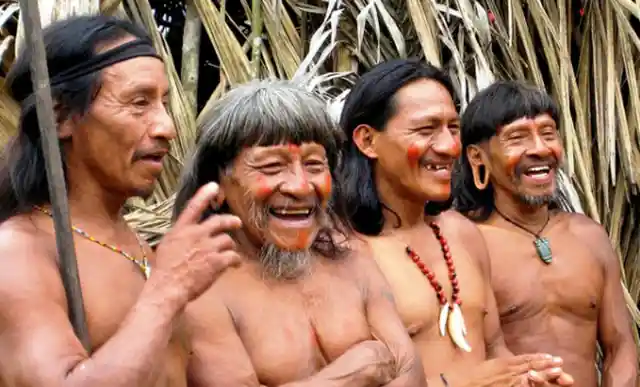
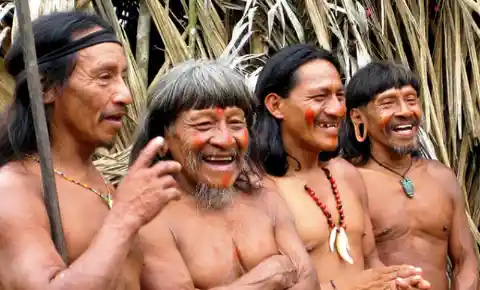
Among those lessons, he also had to hunt a dangerous predator!
The Scottish man was definitely eager to learn everything from the Waorani, but could he follow that one extremely dangerous tradition and venture into the depths of the Amazon to hunt an anaconda?
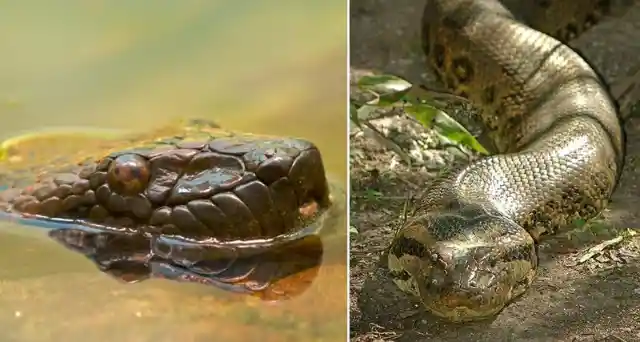
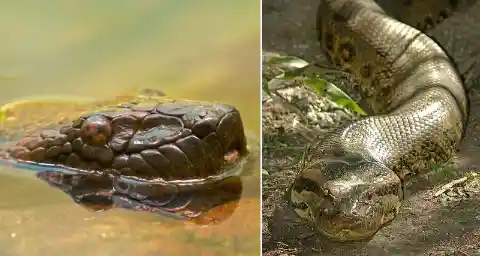
There was only one way to find out!
The indigenous tribe is expert in hunting anacondas, which says a lot about the men’s courage! But instead of hunting and killing these giant predators, the tribesmen only capture and release them.
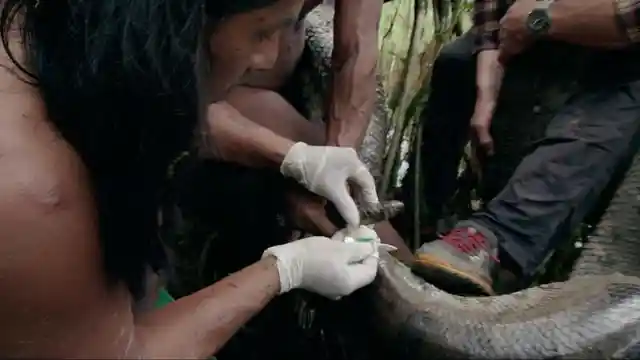
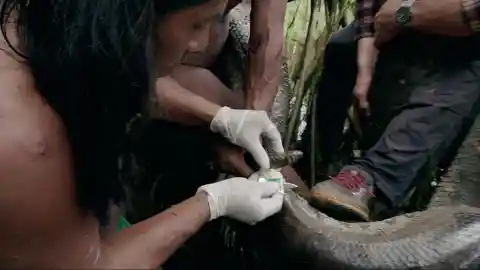
It is a rite through which they thing that each snake caught and released will give them more strength and courage. Will Buchanan be able to do it?
Thje largest snake on the planet is the green anaconda, exactly the type of snake the Waorani hunt for. This species of snake is a member of the boa family and while its bite is non-venomous, its hug is deadly.
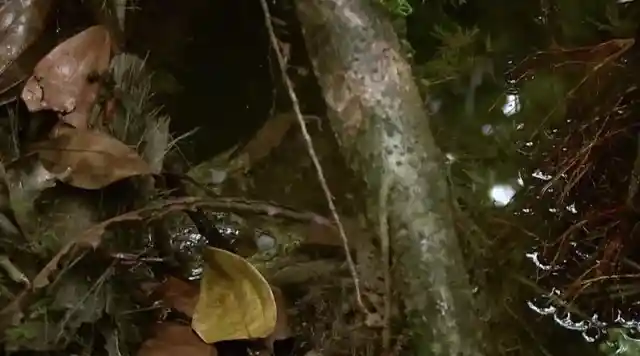
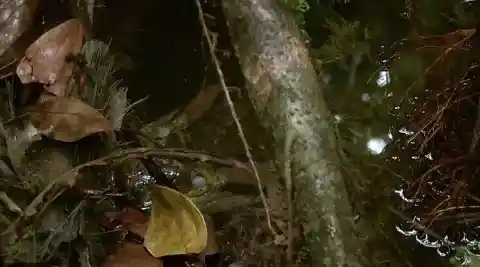
You can imagine that the wildlife filmmaker was in for a treat the day when he and the tribe went in search of a green anaconda…
To capture a giant snake, you first must find it! The cameras start filming as soon as one of the tribesmen spot it.
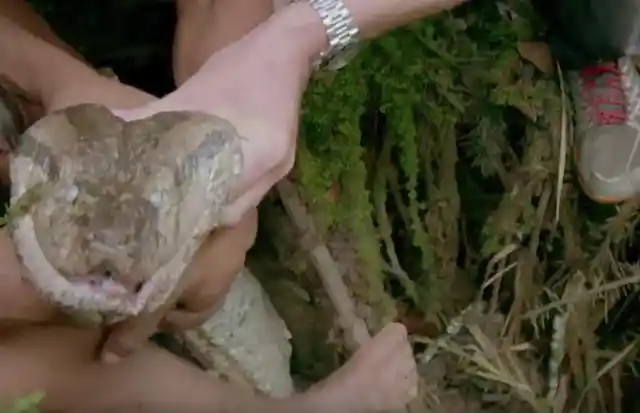
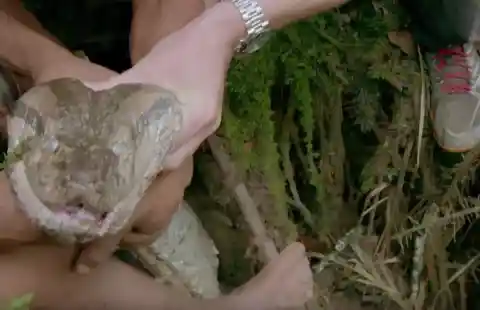
The large snake is hidden into the roots of a tree, camouflaged so well that you can barely see its eyes or size. Then, one brave tribesman goes for the snake’s head…
With one swift movement, the man grabs the snake’s head and pulls it up, struggling to untangle the beast from the roots of the tree.
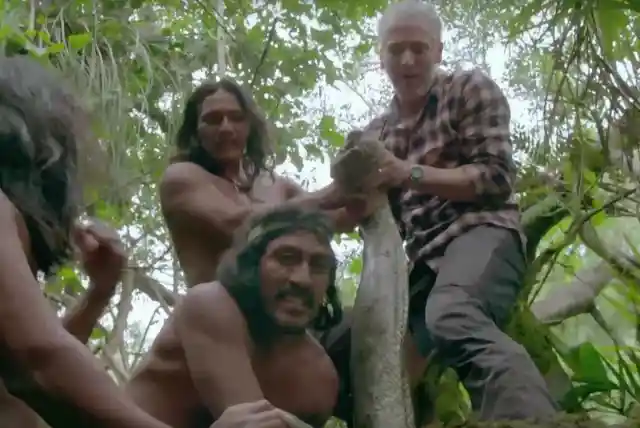
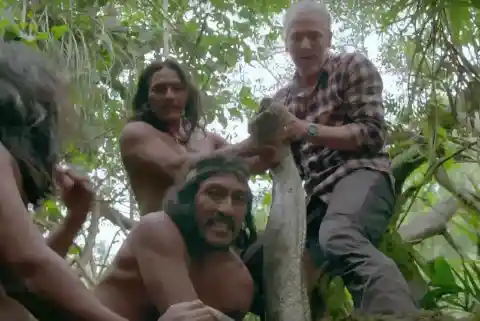
However, they had no idea that the snake is a lot larger than they first assumed!
One wrong move and the snake can wriggle free and bite his attackers! One men told Buchanan: “Don’t let go of the head or it’ll bite me!” That’s definitely something you don’t want to hear when holding the head of a giant snake.
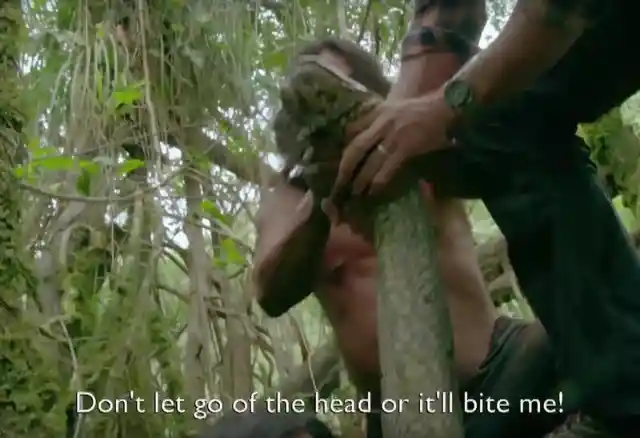
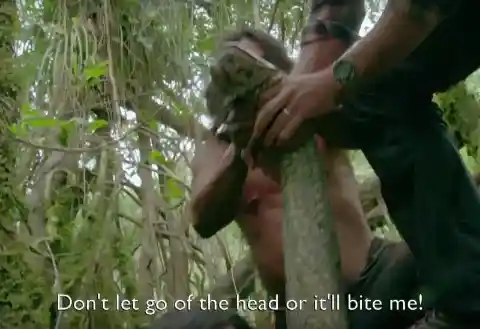
How big was this one?
The video shows quite a massive beast, but only after finally pulling it all out of the roots of the tree, the hunters realize a shocking truth. This anaconda was 17 feet long, the largest ever recorded!
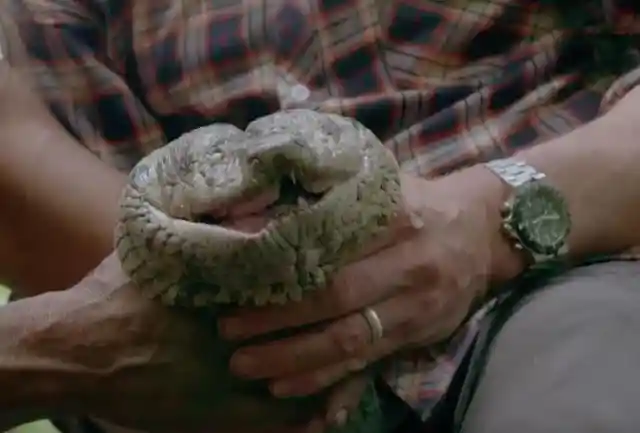
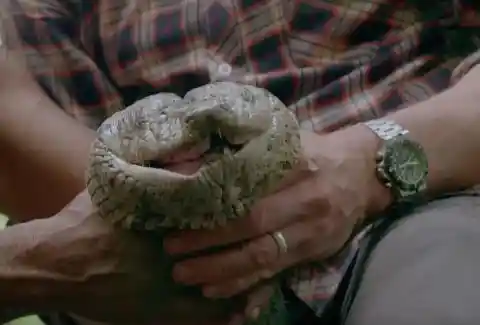
An afterward photo was proof of how large this particular snake was…
We did mention that this type of snake is not venomous, but considering that the green anaconda feeds on deer, capybara, turtles and caiman, we can say it’s threatening enough.
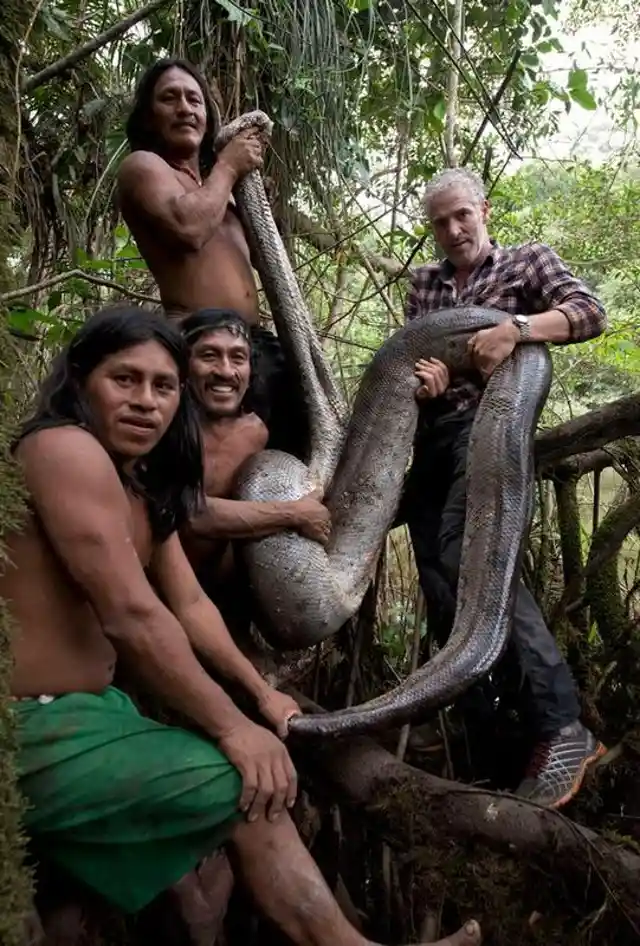
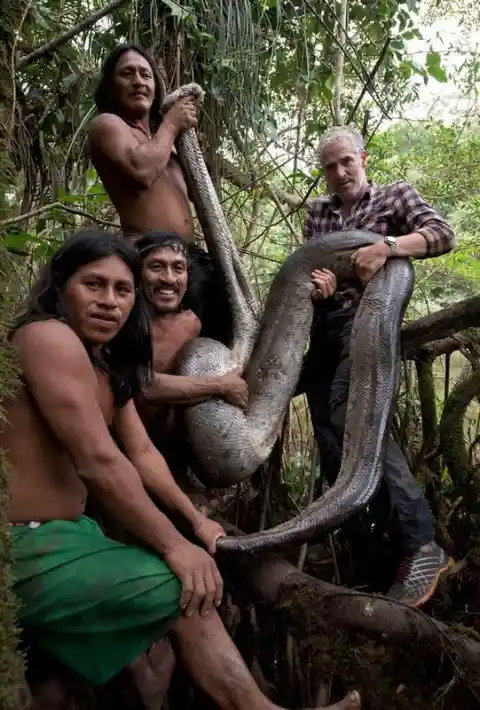
Did we also mention that anacondas can also kill an adult human?
What’s a bit relieving is that the anacondas don’t like to get close to humans. But the Waorani look for them, not just to keep their tradition.
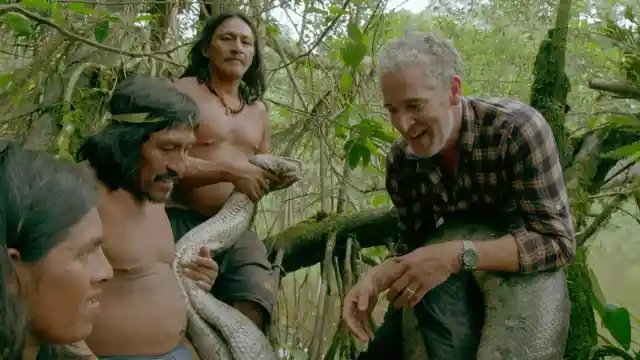
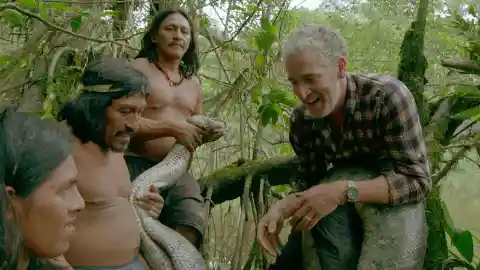
They’re also helping scientists. The tribesmen measured the beast and they let it go, but not after taking a few more photos and some samples.
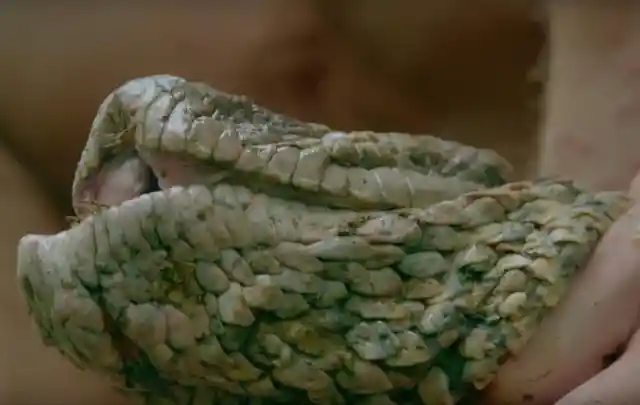
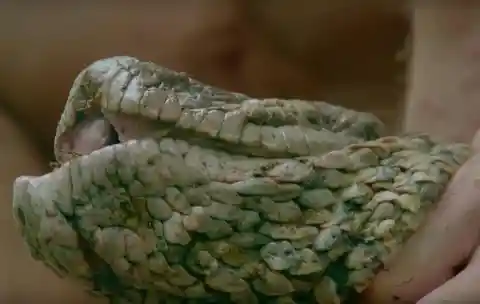
Buchanan said that the Waorani is “the toughest people on the planet,” and admitted that their bravery was “infectious.” The tribesmen are experts when it comes to their habitat and that’s why they also help scientists learn the effect pollution from oil-industry expansion and mining has on the animals.
“The top predators in the water will have the most amount of toxins in their bodies as they are obviously at the top of the food chain,” explained Buchanan.
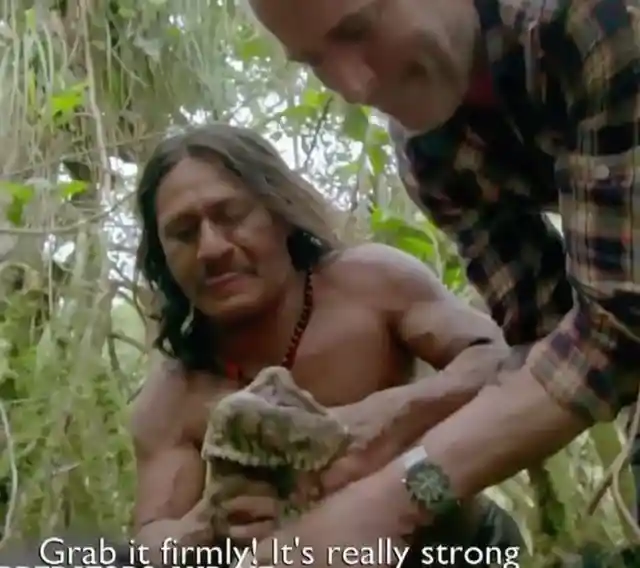
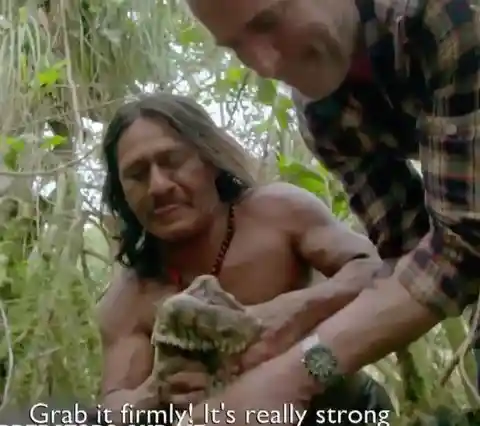
That’s why the tribe is carrying on with their traditions and helping scientists track the effect of the pollution.
The Waorani are followed by a group of researchers that test if the animal was affected by pollution from oil. Although anacondas are huge beasts and terrifying creatures, remember that they are a great help in testing pollution levels in the forest. Talking about terrifying animals in the Amazon, here are some other strange and unique creatures you wouldn’t want to meet in the Amazonian rainforest.
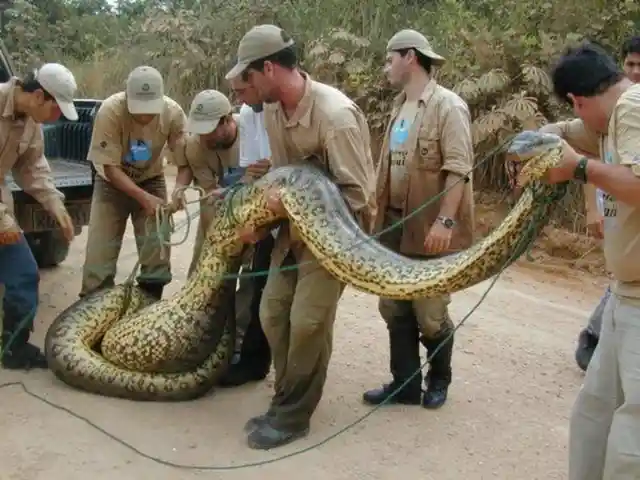
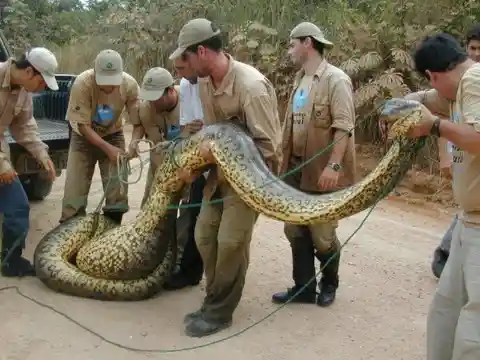
And if you thought plants were harmless, think again! The Amazon is a dangerous place to roam alone and with little knowledge about it...
The Amazon houses a wide diversity of animals and plant species. According to a recent scientific study, more than 40,000 plant species, 3,000 types of fish, 430 mammals, and a whopping 2.5 million different types of insects.
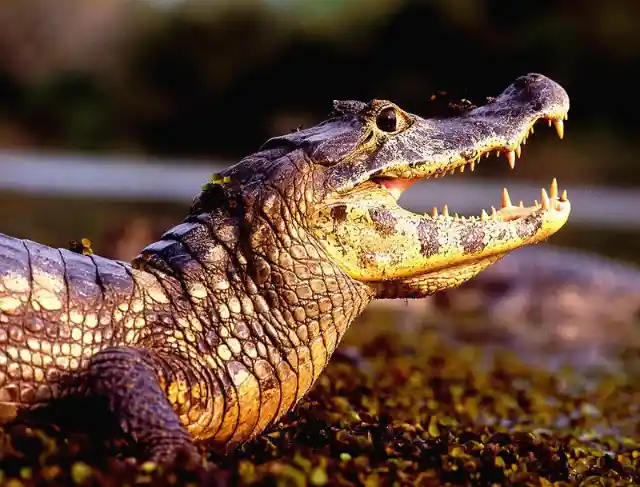
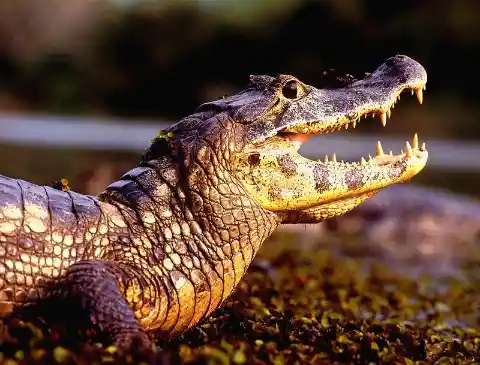
While some extreme pet owners would definitely have a croc pet (do they need grooming?), here are the creatures from the Amazon forest that you wouldn't want to meet...
When a larger piranha bites, it applies 72 pounds of force onto its prey! But the good news is that they eat fish, bugs, seed, and other piranhas. The Hollywood image has made these fish look like the villain, but they only bite into larger preys if it's already dead or barely alive, since they are scavengers and not predators.
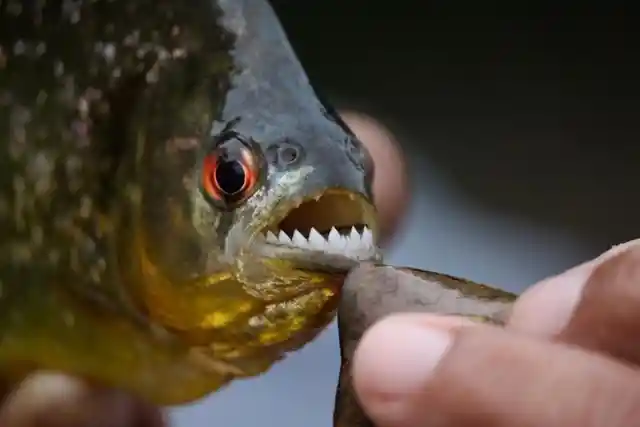
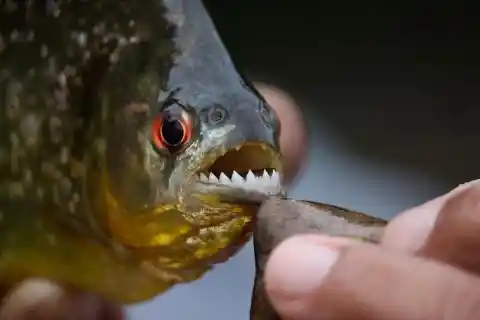
An interesting fact is that their teeth resemble the shark's tooth enamel!
This fish is called the Arapaima, and it's a carnivorous giant that can give the anaconda a run for its money! It feeds on birds and fish and can get at up to 200 pounds and 9 feet long! It's also very tasty, being served in fine dining restaurants.
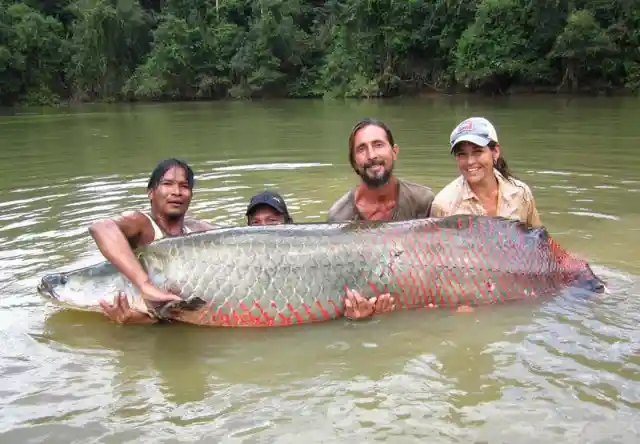
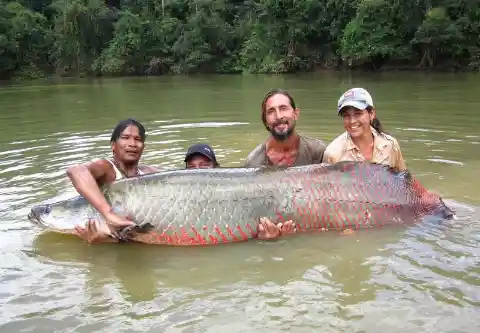
Talking about Anacondas, a researcher captured one and he let it eat him in front of the cameras! Don't believe it?
This is one crazy-looking fish that hasn't heard of dentist visits or braces! Joke aside, it's also known as the “saber-toothed tiger fish” because of those gigantic fangs.
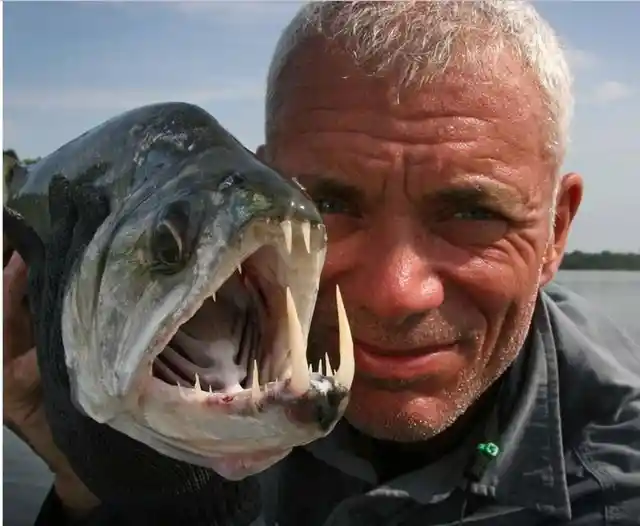
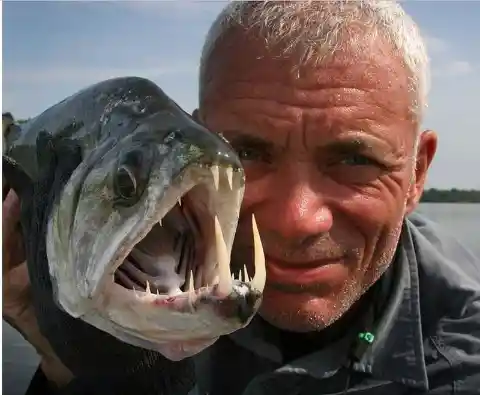
It is a mysterious fish since there's little research on it, but one thing we know for sure: piranhas have nothing on this guy!
There's a 5 mm spider that builds a decoy on its web to resemble a large spider! The little spider uses debris and leaves to create his decoy to increase its chances of survival and make predators think he's terrifying.
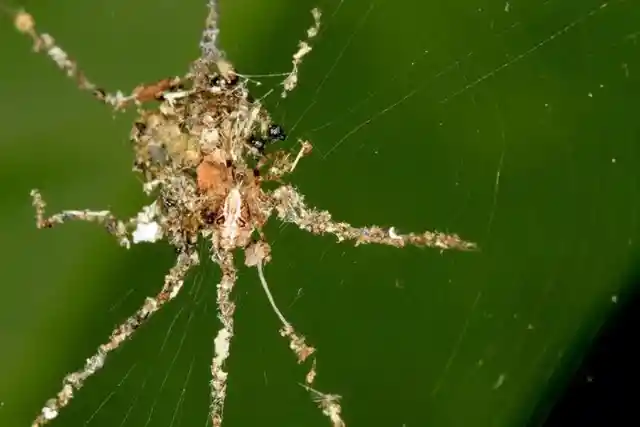
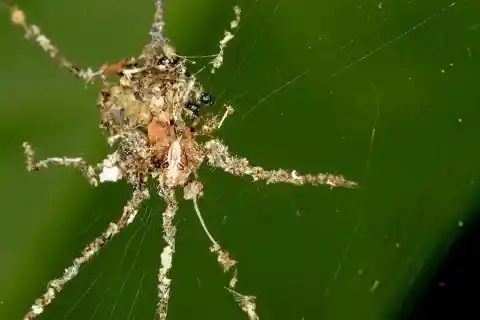
It's like when tiny dogs' fur stands up and they bark to make them look fierce! Nature is indeed strange, but this is just the beginning!
Although most centipedes are small, this species is lurking in the Amazonian forests and we're really not eager to encounter it! One of these creepy crawlies can grow as long as 12 inches and they take on tarantulas, bats, and birds with their poisonous bites! Although the bites are not fatal to humans, small children are in great danger if bitten.
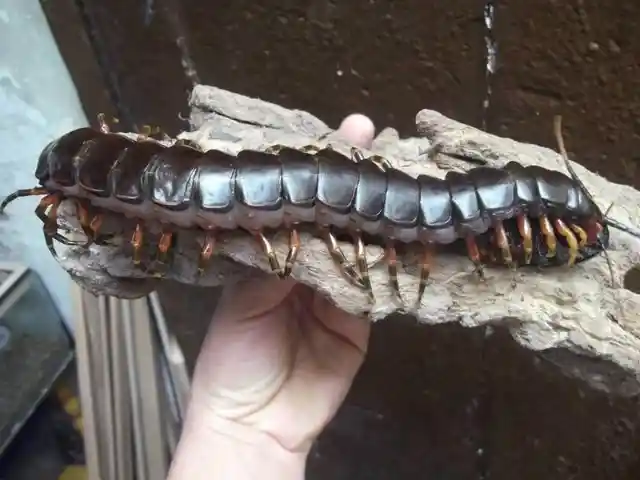
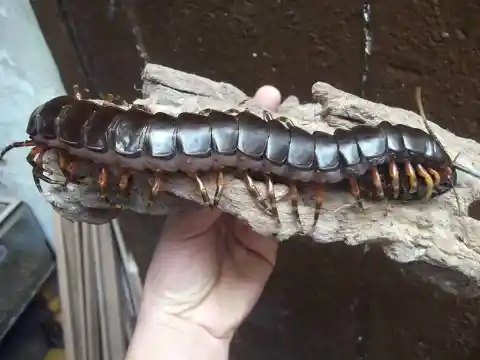
Can you believe that some people have them as pets? Do they take them to a veterinarian if they get sick?
Full disclosure: This caterpillar did not get a hair transplant. This caterpillar is not a famous financier and doesn't lead a country.
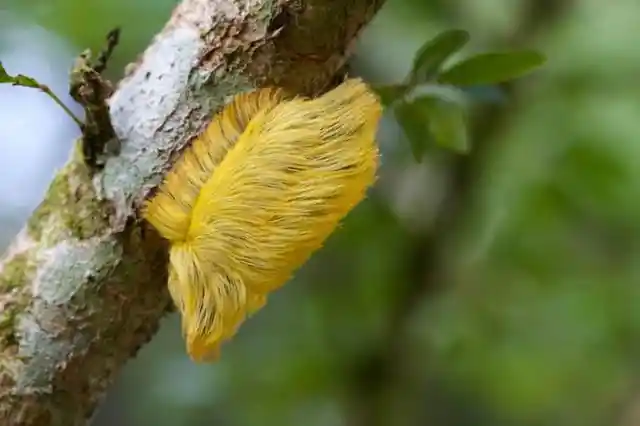
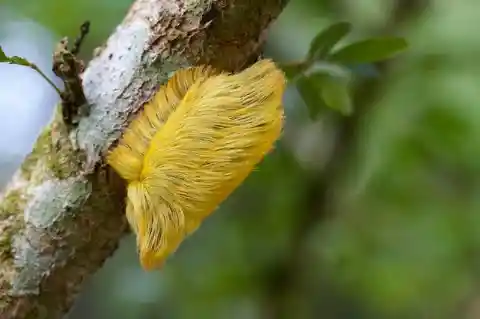
It's just a fancy caterpillar, and the cute fluff is poisonous, so don't you even think of touching it, or else you'll have extreme pains that even makes the bones hurt.
You might have heard it by the name Pitcher plant or monkey cup. The biggest one is Nepenthes rajah, which can catch and eat whole rats! They use the sweet smell of their nectar to catch the prey, but what's funny about one subspecies, it's that it houses bats.
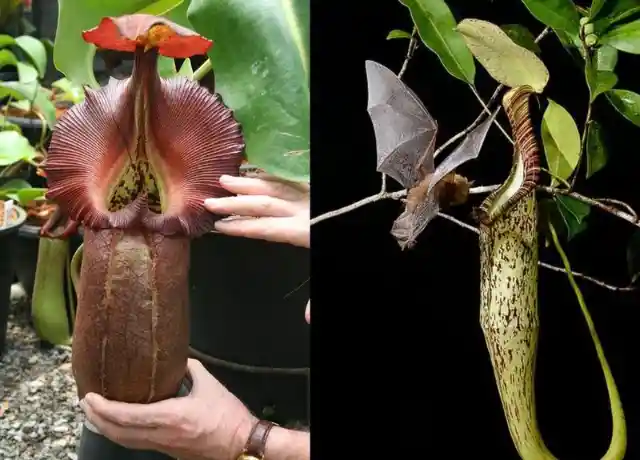
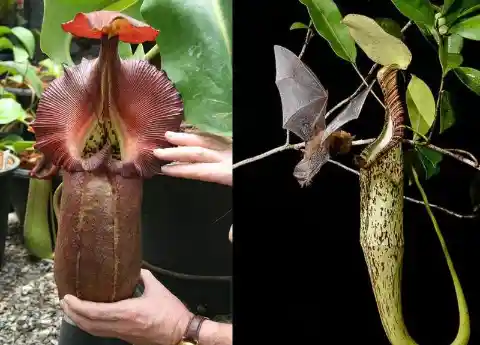
Yes, they sleep and defecate in the plant, which benefits from the high nitrogen levels in the bat feces. Other species do the same, and are visited by tree shrews and rats that complete the nectar for nitrogen trade! That's cheap housing if you ask us!
As long as the black caiman can catch its prey, it can eat it, no matter its size, so forget about making this guy a pet because he definitely doesn't live off dog food! The reptile can grow up to 2,400 pounds and 20 feet long.
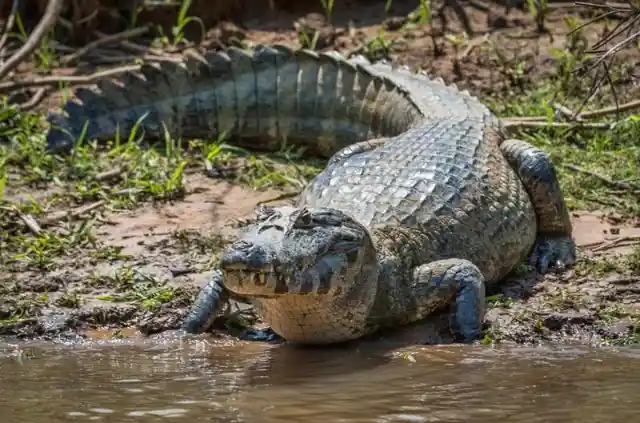
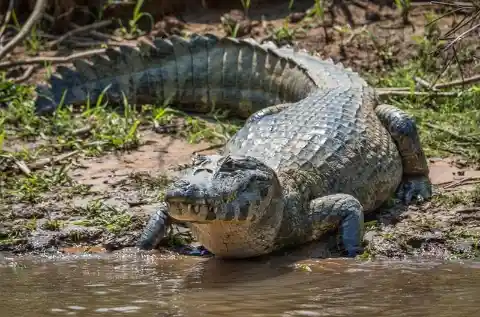
Some... good news about getting caught by the black caiman is that it drowns the victims before eating them!
Since we are talking about giant things, we need to mention that the Amazon is also the home of the world’s biggest flower. The flower is called Rafflesia and it doesn’t have any roots, leaves or even stems.
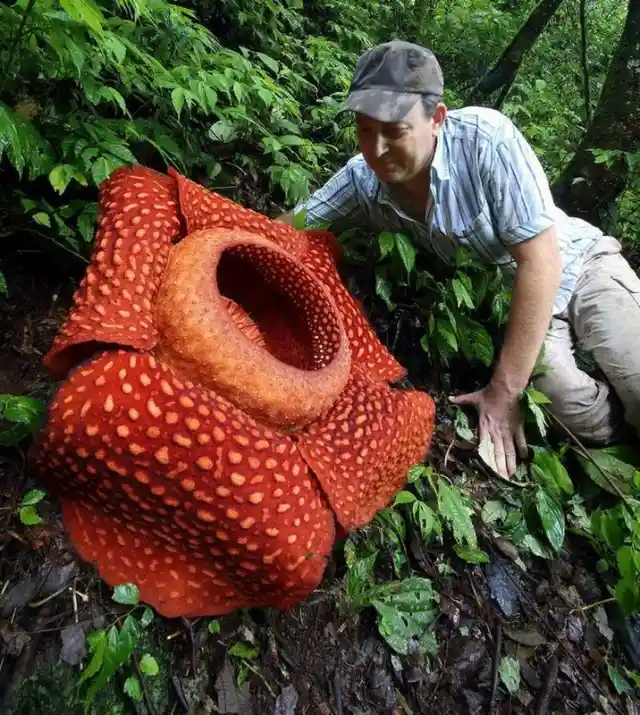
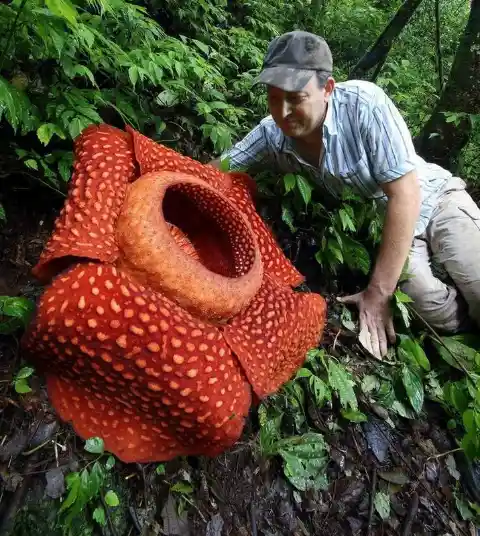
In addition, the flower has a strong smell that is similar to rotten meat, just like another flower called nicknamed Corpse Flower.
If you want to watch birds, the Potoo will kind of ruin your day, since it's a master of disguise. It can stay motionless for an entire day, perched on a branch! We wish we had its patience, but some of us pull this stunt at work, branch aside...
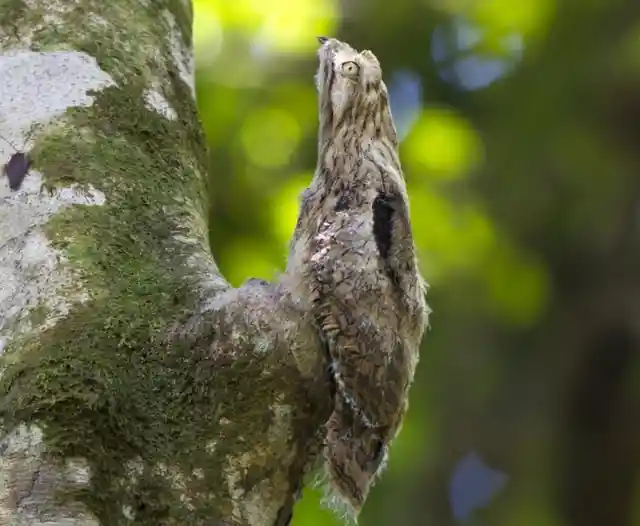
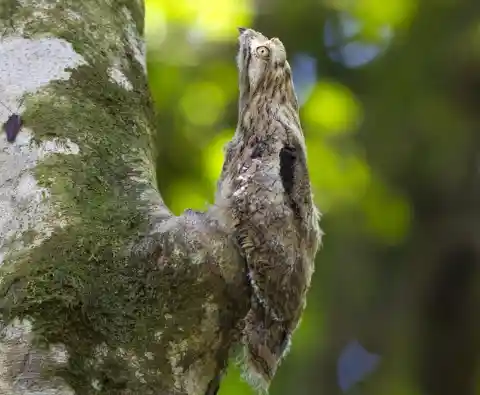
But that's how they "sleep" during the day, with their eyes half-closed and statue-like to blend in with the branches and avoid predators. But during the night, it starts looking for insects. That's one great bird to have around the garden as pest control Pot(r)oo(l)!
Even though this might be hard to believe at first, there are pink dolphins in the Amazon! They live in the long river and according to local legend, the pink dolphins can transform into handsome men and hypnotize girls, just like sirens do out on the sea with the sailors.

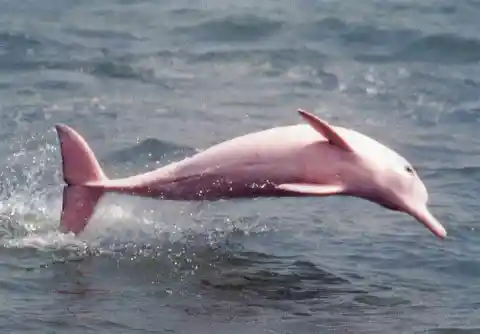
Talking about dolphins, there's one strange creature that resembles a pink dolphin.
There is a special place in the rainforest called “The Boiling River”. The waters of this river have a temperature of up to 93 degrees Celsius and local legend has it that the water is so hot because it’s a place of spiritual power.
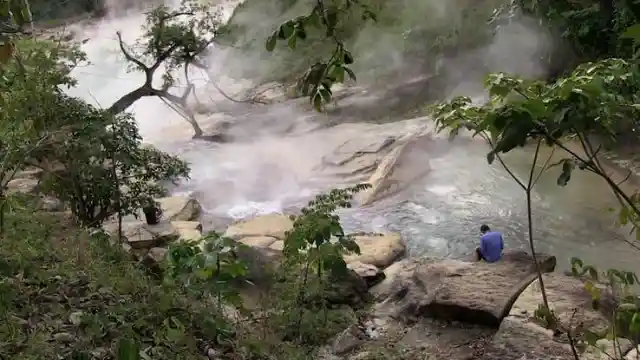
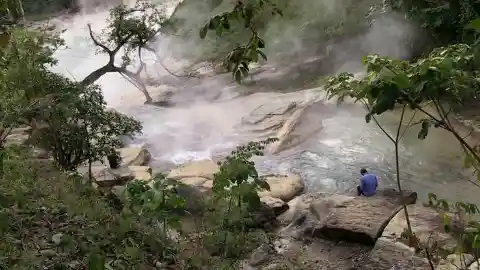
That's definitely one extreme hot tub we wouldn't want to get in!
One of the scariest things about the Amazon is that it’s the home of the Goliath Birdeater. This is believed to be the biggest spider in the world with a body that measures in at 5 inches.
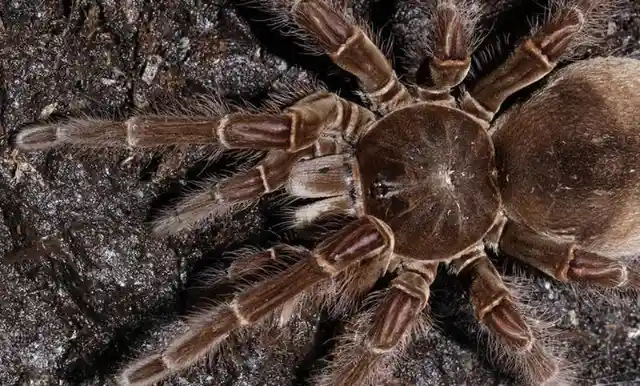
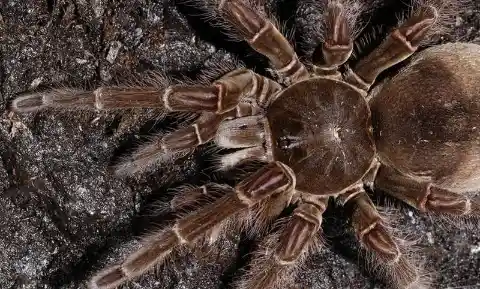
To make things even more terrifying, this spider eats birds - that's why it's called Birdeater!
As entertaining as it looks like, the glass frog is so transparent that you can see its inner organs! But that's evolution and this amazing perk helps these frogs take the color of their surroundings to hide from predators!
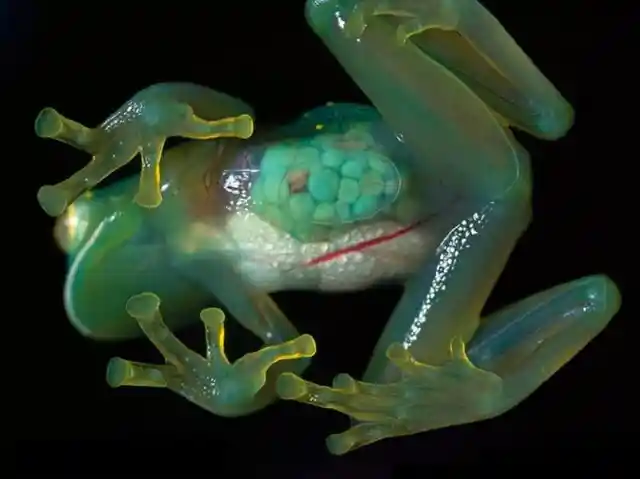
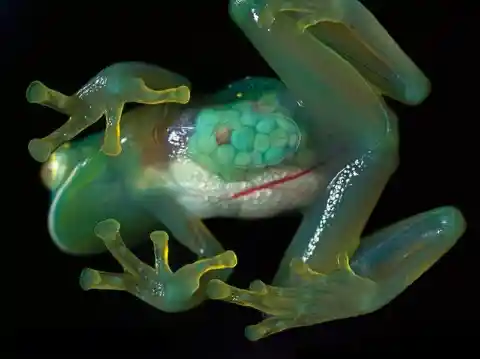
Wish we could turn invisible whenever we wanted...
Doesn’t this water lily look like something from another planet? This plant is actually called the Victoria Amazonia and it reaches up to ten feet in size!
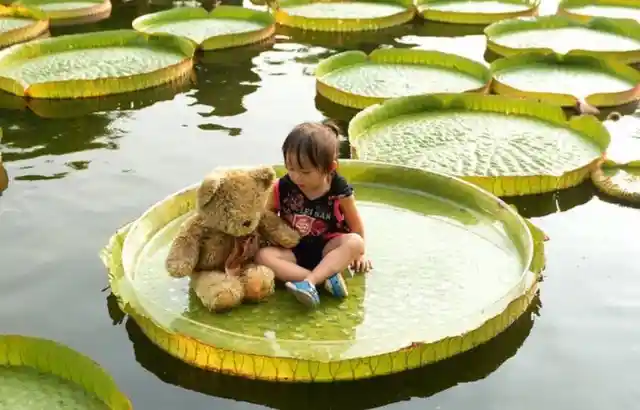
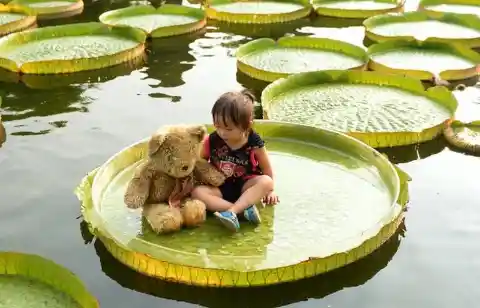
To make things even more interesting, the water lily is strong enough to hold an average adult. Why buy a boat, when you can use a water lily instead?
A strange thing to see a salt-water creature in the Amazon, there have been seen frequent visits from the bull shark. These sharks are huge - 11 feet long and up to 690 lbs!
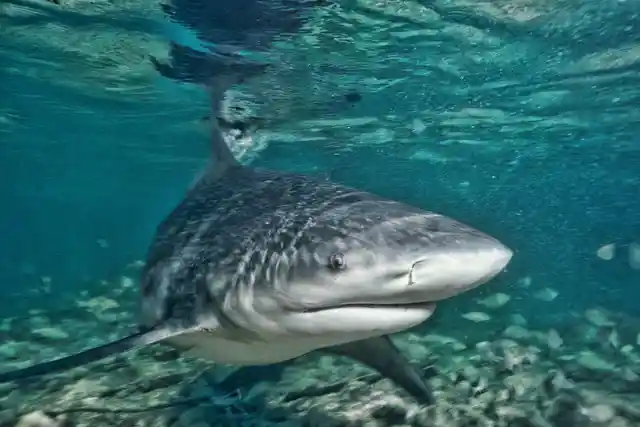
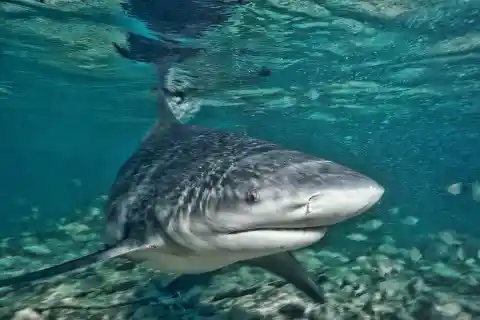
The frightening thing about them is that they can adapt to living in the rivers - one more dangerous predator to watch out for! The bull sharks must go towards oceans to mate.
If you have ever watched a Lord of The Rings movie then you know that the Ents are giant trees that can walk. This might come as a shock, but this type of trees actually lives in the Amazon forest.
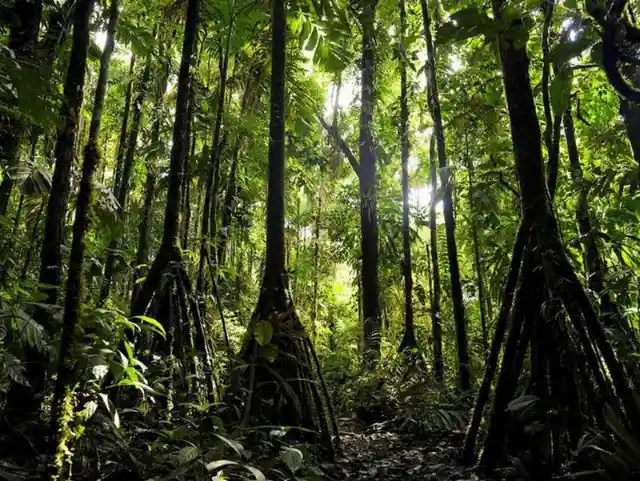
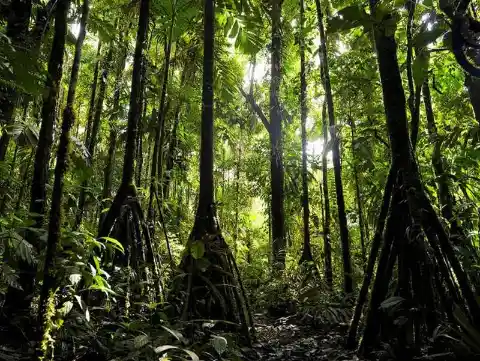
Unlike the movie, these are palm trees and they move really, really slow to find more sunllight.
This lizard is popularly nicknamed as the “Jesus Lizard”. The reason why it has earned this nickname?
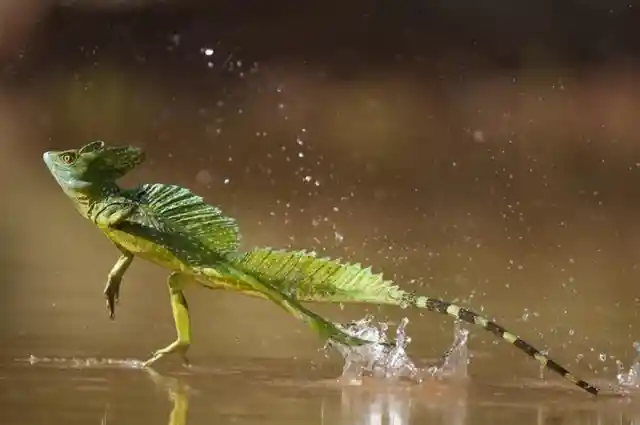
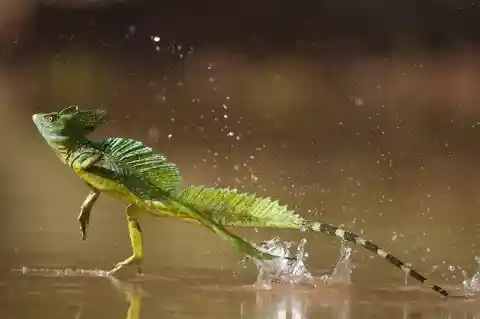
Well, as the picture above shows us, the lizard is lightweight and fast enough to run on water.
Do you love fruits? If your answer yes, then you might want to give the Amazon a visit because it has more than 3,000 types of fruits.
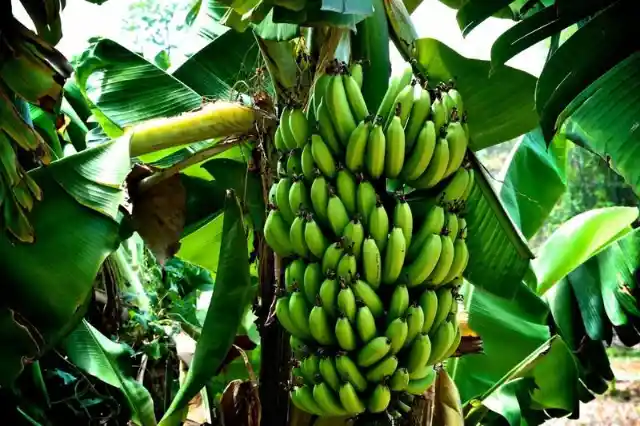
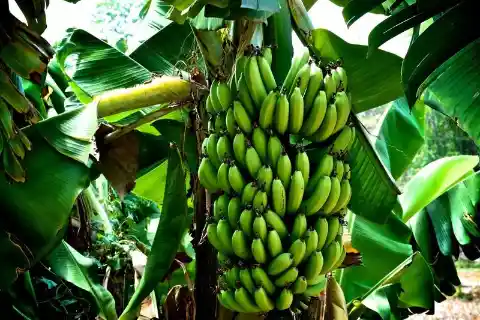
However, only 20 of these fruits are consumed in the western world. You might want to stay away from the fruits you don't know about since not all are safe for consumption.
You might have heard that the Amazon is the world’s largest tropical rainforest but do you know just how big? According to multiple research studies, the forest covers a total of 5.5 million square kilometers.
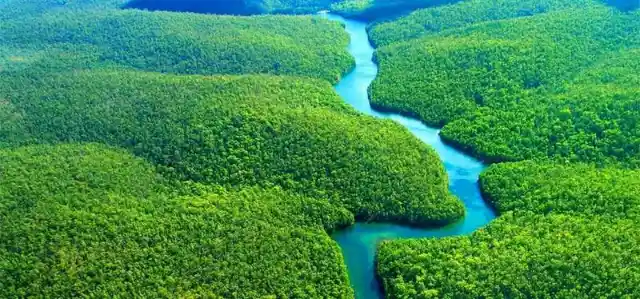
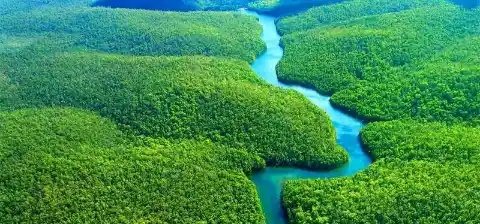
This means that the Amazon is so big that both the UK and Ireland could fit inside for 17 times!
Since the rainforest is so dense with plants and trees, sunlight has a difficult time reaching the floor.
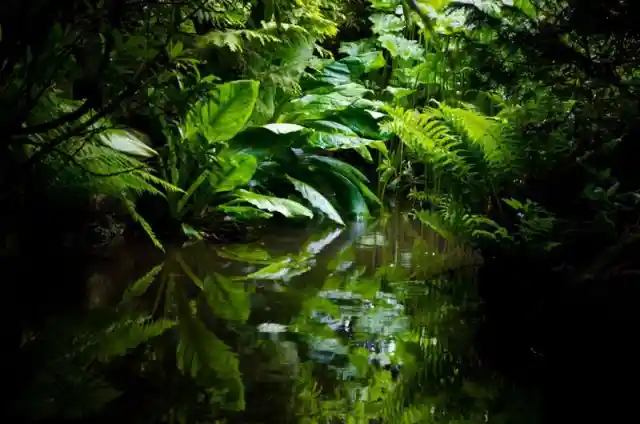
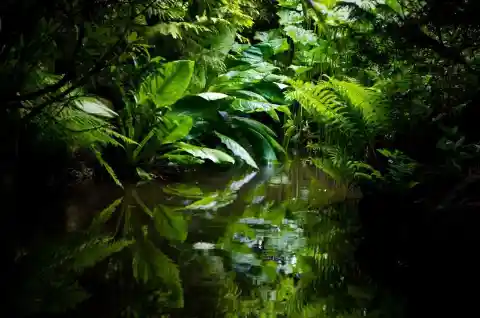
The floor of the forest is black and only 1% of sunlight makes it through the green canopy.
The Amazon river is famous for being super long and a man by the name of Martin Strel saw this as a challenge. The man started a marathon back in 2007 and swam up to ten hours per day in order to cross the entire river.
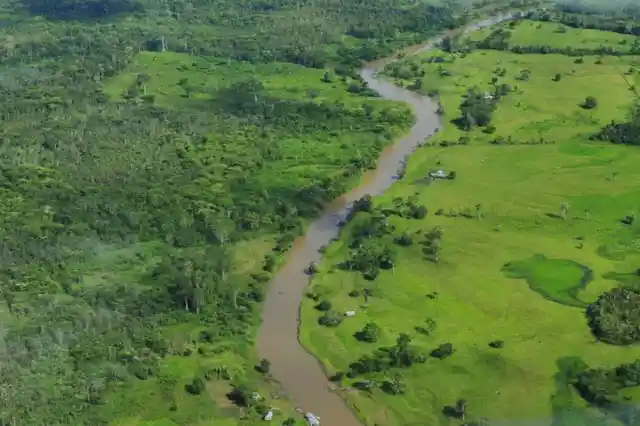
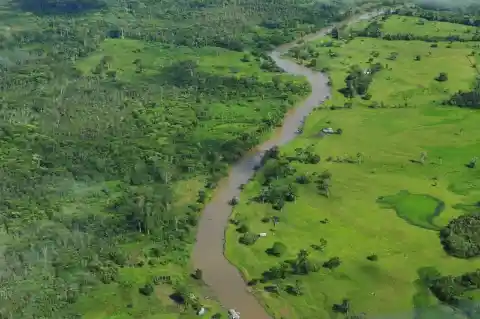
It took him 66 days!
Since the Amazon is so massive, then it should come as no surprise that its surface spreads for many countries.
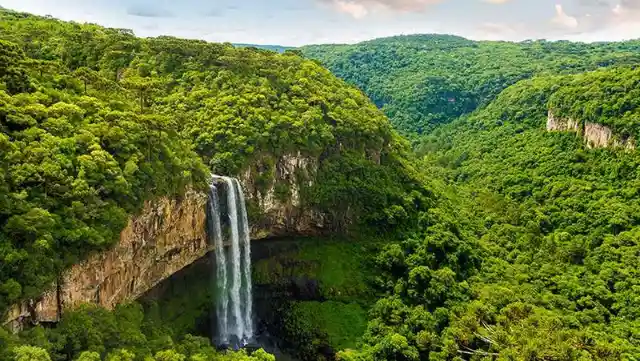
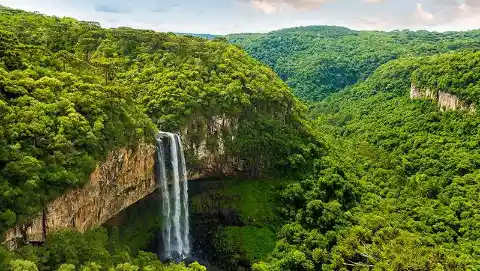
The rainforest can be found in South America, Brazil, Bolivia, Peru, Ecuador, Colombia, Venezuela, Guyana, Suriname and French Guiana.
One of the coolest things to be discovered in the Amazon is the fact that many ancient civilizations had settled inside the rainforest.
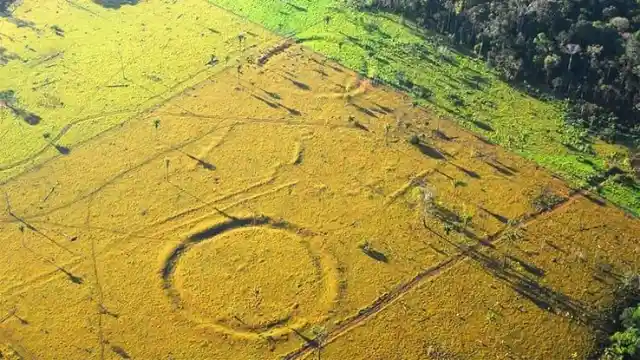
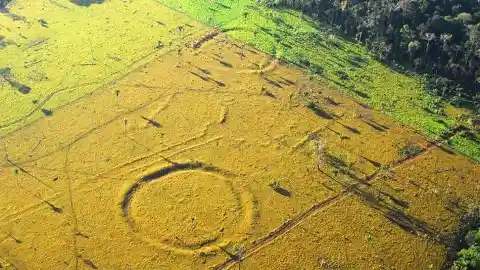
Archaeologist Jonas Gregorio de Souza found a total of 81 ancient settlements in the Amazon and they date back to the year 1250!
We mentioned that there are so many trees in the Amazon that the rainforest provides the world with 20% of its total oxygen. However, did you know that there are more than 16,000 tree species?
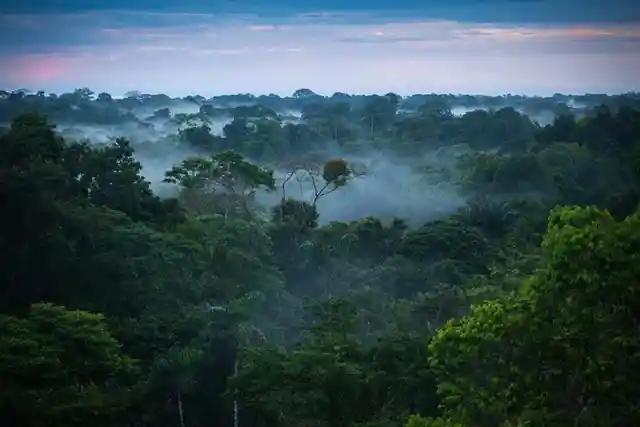
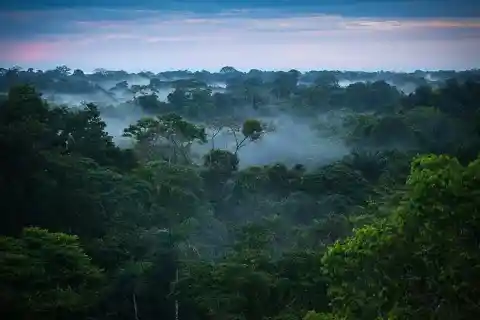
Not just that, but researchers estimate that there are more than 390 billion individual trees.
Another interesting fact about the rainforest is that it was named by Spanish explorer Francisco Orellana after he was attacked by a female warrior.


He compared that woman to the Greek Amazons legend and the name stuck around.
In 1993, biologist Jeremy Wade took the photo of a strange pink dolphin. The second year, he took another photo of it, but nobody else has spotted it before or after that. Since then, the creature has become a legend, being called the Holadeira.
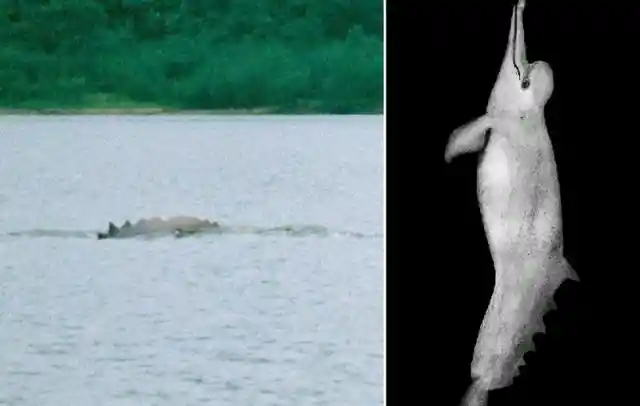
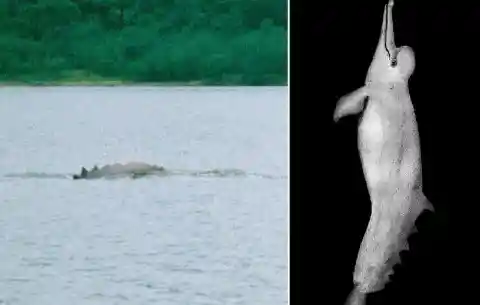
Some biologists believe that it was a pink dolphin with a damaged dorsal fin, but Wade dismissed that theory. We'll never know if the Holadeira is more than a legend.
The rainforest spills all its water into the Atlantic Ocean at a very fast rate.


In fact, a total of 55 million gallons of water is being delivered from the rainforest into the Atlantic Ocean every second.
As previously noted, the Amazon is packed with a wide variety of animal and plant species.


However, the Amazon is also the home for an estimate of 50 remote tribes that have yet to make any contact with civilization!
As we mentioned in the story from the beginning, the anacondas have been known to be quite huge reptiles, growing up to 30 feet long. To eat large preys, anaconda strikes them with their teeth, constricting the prey with their bodies and then swallowing them... Researcher Paul Rosolie let himself get bitten by one and then got seized by it. After a broken rib and a popped collarbone, five men helped save him.
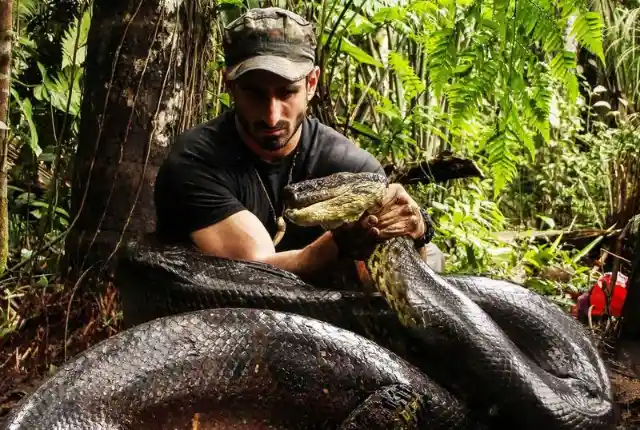
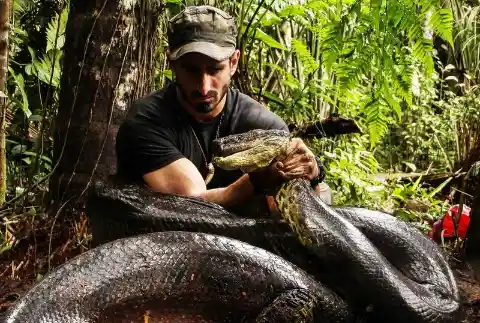
Why would he do that? The footage was taken to bring attention to the destruction of the Amazon... but also for the rating (aka cash in the bank).
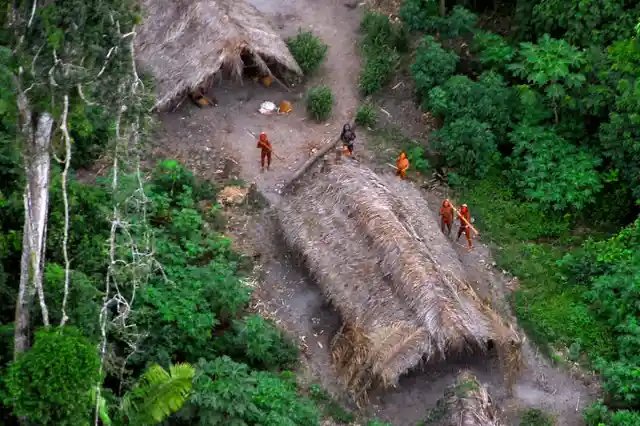
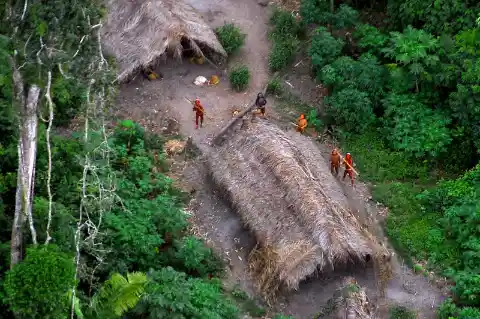
The most dangerous tribes in the world live in the Amazon forest, and not all of them are willing to receive guests.
On the downside of things, the Amazon is disappearing at an alarming rate. Somewhere around 1.5 acres of the rainforest vanish every single second and with it, more than 137 species go extinct every single day.

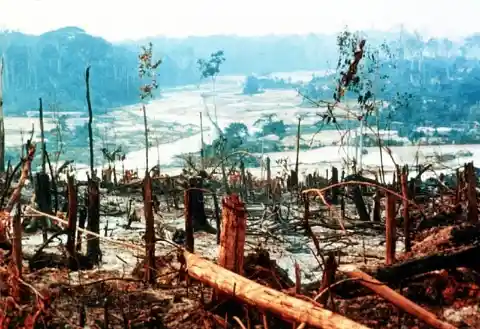
Deforestation is responsible for this.
The last fact that we want to leave you with is also one of the most interesting ones. The Amazon river used to flow in the opposite way a long time ago.
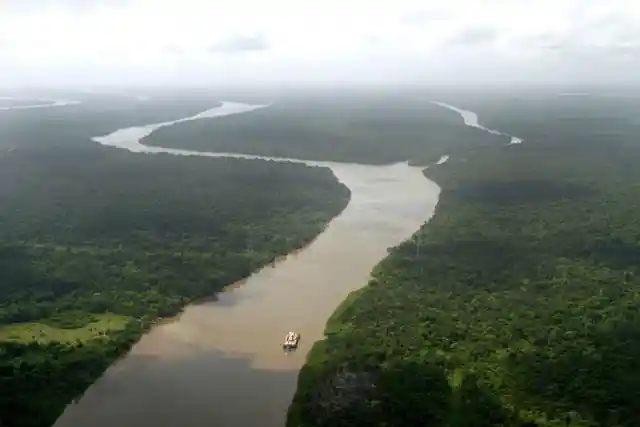
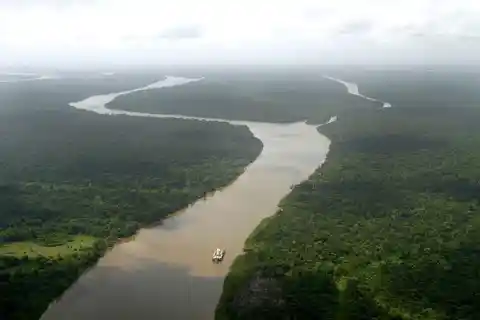
The reason why the river changed its flow is due to a continental drift that tilted the river’s flow.